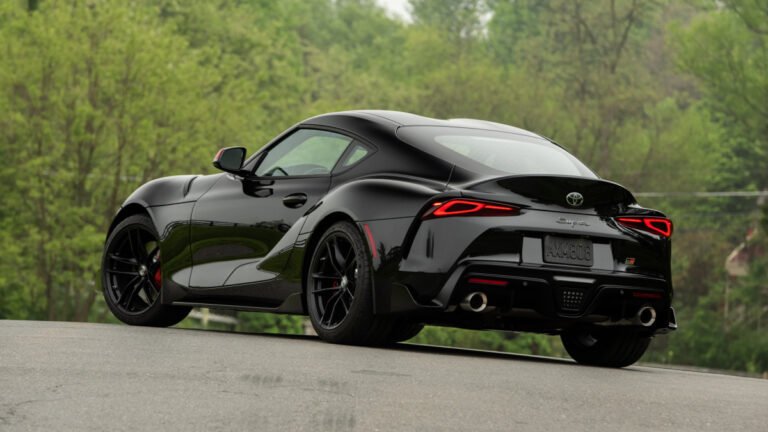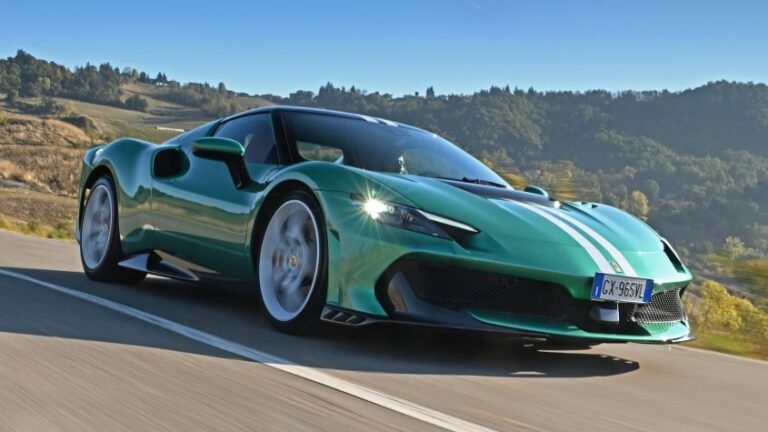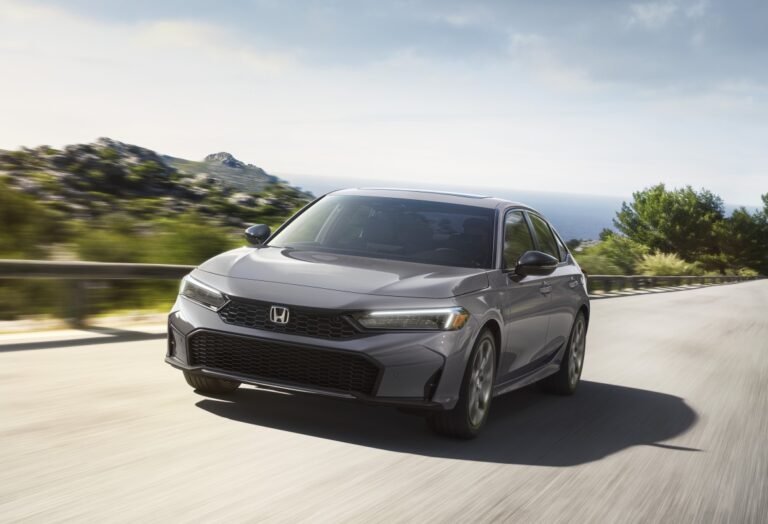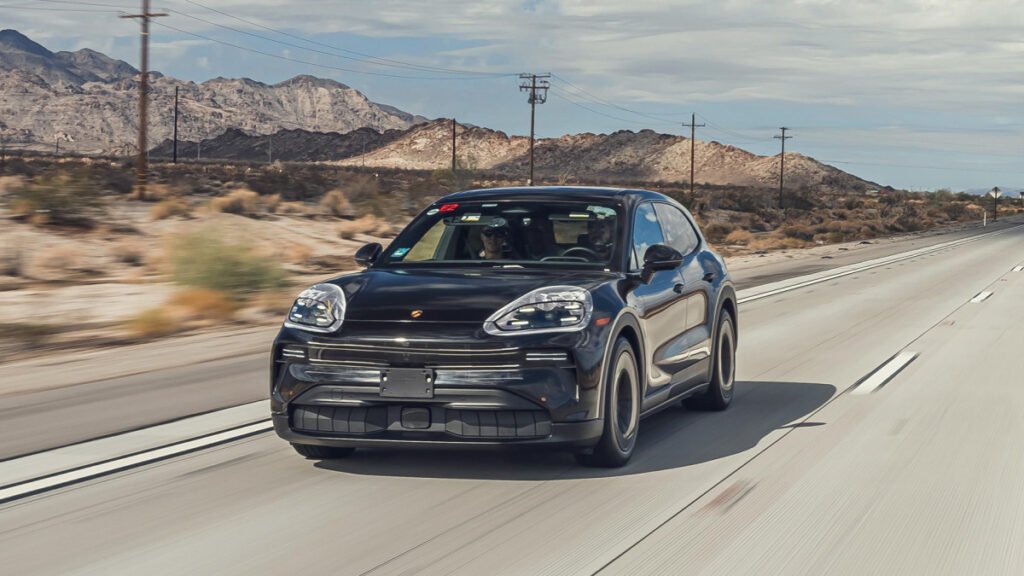
Cayenne Electric’s battery tech is a big step up from the current Taycan
As the electric version of the popular Porsche Cayenne, there’s a lot riding on the success of the upcoming Cayenne Electric. Overflowing with innovation, Porsche has already revealed the SUV’s interior, which debuts the new Porsche Flow Display. It’s not the kind of advancement that’ll make 911 owners weak at the knees, but what’s even more important than the screen-filled interior is the stuff you can’t see: The high-voltage system and battery tech.
Porsche has shared more information about the setup ahead of the EV’s full reveal. In addition to the wireless battery charging capability we already know about, here are three main features of the Cayenne EV’s battery system.
1. Function-Integrated Battery = Better Handling
Porsche Cayenne Electric Porsche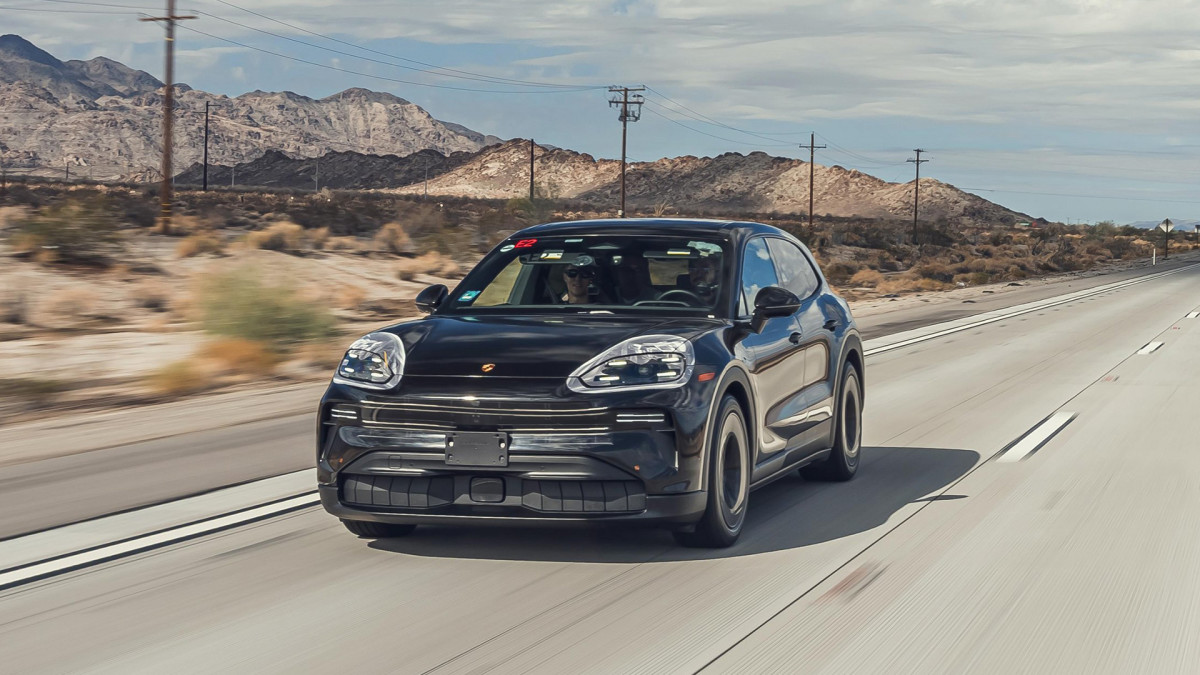
Here’s something traditional Porsche fans should appreciate. The new high-voltage battery—with a capacity of 113 kWh—is directly integrated into the structure of the SUV. As a key structural component, this benefits weight and packaging. The layout improves rigidity and lowers the vehicle’s center of gravity, contributing to more agile, precise handling.
Outputs are still to be confirmed, but the top model is expected to produce well over 700 horsepower. Combined with expectedly sharp handling, the Cayenne Electric should be one of the more entertaining electric SUVs to drive, just as the Taycan has been in the sedan segment.
2. Double-Sided Cooling = Peak Performance and Charging

The advanced cooling system for the battery negates many of the issues with older EV battery designs, such as:
- Susceptibility to changing ambient temperatures
- Reduced performance or charging speeds
- Inconsistent range on a full charge
Dual cooling ensures the Cayenne Electric’s battery always operates in the optimal range, regardless of your driving style, the weather, or the charging speed. Porsche claims the cooling capacity of the system is equivalent to 100 large household fridges. Energy-efficient pressure fans are used for the first time, using 15% less energy than suction fans.
There’s also a Predictive Thermal Management function that constantly analyzes temperature, the driving profile, and the flow of energy. Real-time analysis of the battery’s cooling needs means that the ideal temperature can consistently be maintained.
Porsche says that several independent journalists in the U.S. have achieved a highway range of over 350 miles at a speed of 70 mph, an excellent result.
3. Fast Charging, More Of The Time
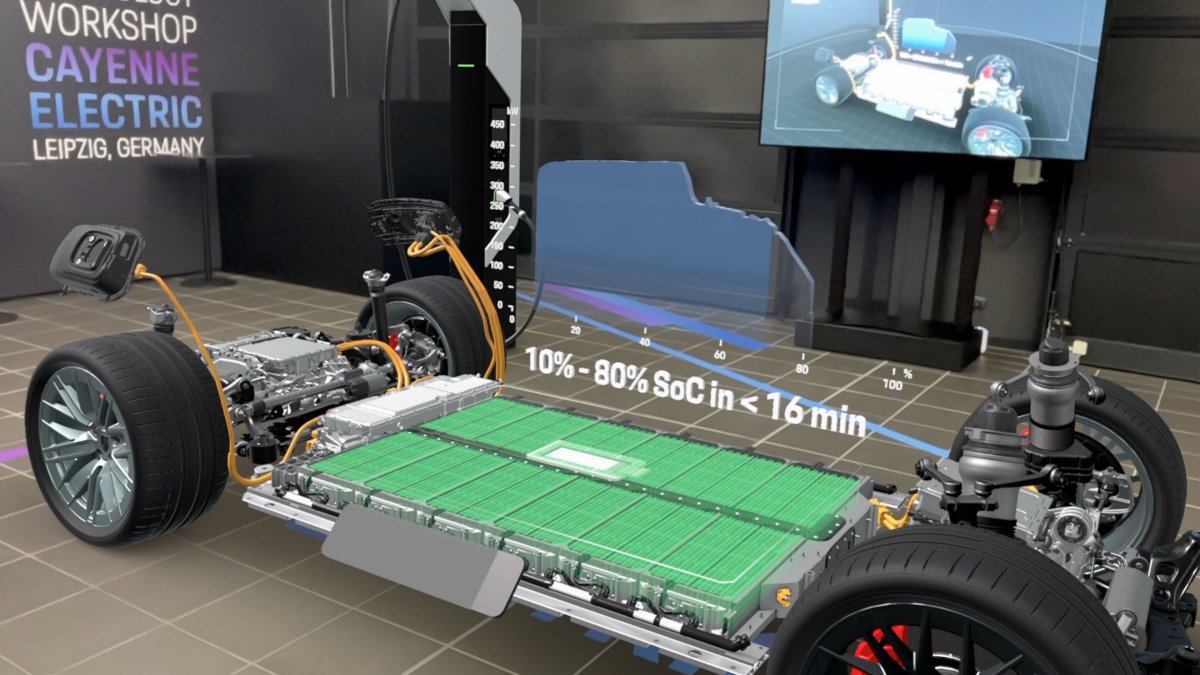
A peak charging speed is one thing, but having the capability to regularly attain those speeds is another story. Battery temperatures, the ambient temperature, and the state of charge are some of the real-world factors that can prevent an EV from reaching its peak charging speed.
Not only can the Cayenne Electric charge at up to 400 kW—which gets the battery from 10% to 80% in under 16 minutes—but it can maintain this charging power over a much wider state of charge band than average. Up to 50% state of charge, the charging rate of between 350 kW and 400 kW can be maintained at a compatible charging point. This fast-charging curve is possible even if the battery temperature is as low as around 60 degrees Fahrenheit, so will benefit those living in colder areas.
Even at 400-volt stations, the battery can charge at up to 200 kW. This is made possible by the Cayenne’s 800-volt architecture and the battery’s high-voltage switch.
Related: America’s Fastest EV Chargers Are Coming In 2026, But There’s A Problem
Final Thoughts
Rather than settle for the level of battery technology in the Taycan, Porsche has pushed hard to improve the real-world EV experience in the Cayenne Electric. If its claims hold up, this will be an easy EV to live with and keep charged, especially if you choose to invest in the new wireless charging system coming next year.
The Macan EV already proved Porsche can build a fun-to-drive electric crossover, so this bodes well for the Cayenne. There’ll likely be a huge premium to pay for this model over the gas-powered Cayenne, though, but pricing has yet to be confirmed.

